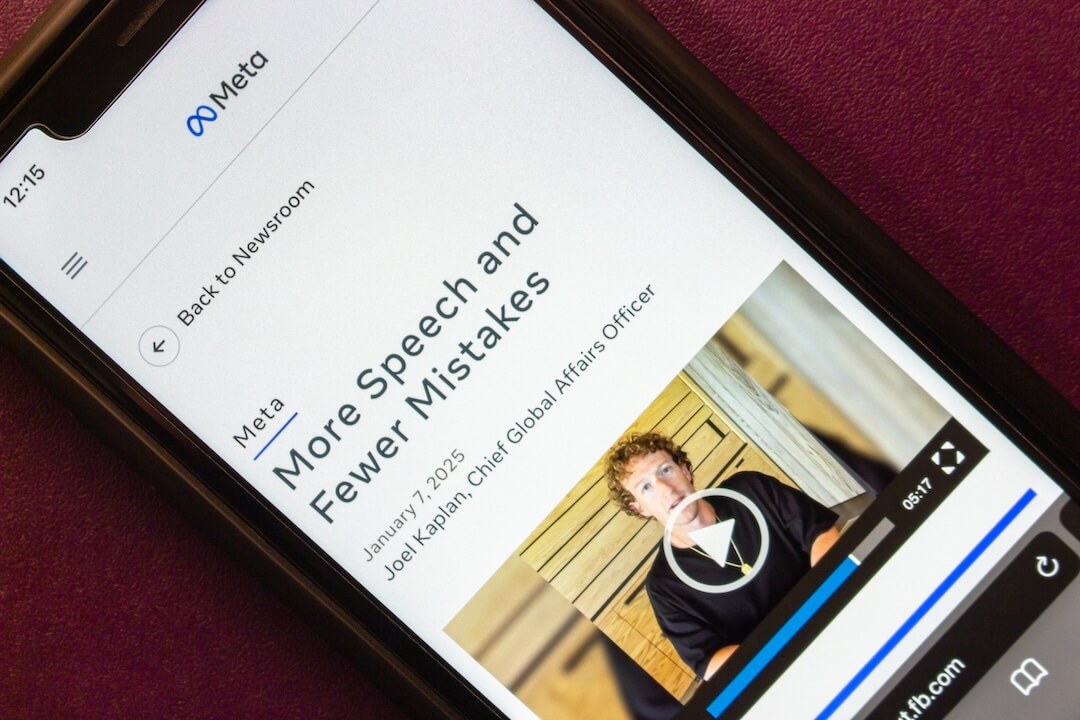Ever wished you had a private office to write in, right in your newsroom? Big stars have them, but most of us aren’t big stars. Even most editors don’t have such a sanctuary, although they may need one for discreet conferences and their own writing.
Lisa Belkin writes in The New York Times about “white space,” not the blank shapes on the page so beloved by our graphics colleagues, but a getaway at work where you can actually get something done. She describes people who hide in a huge sculpture or a church pew, or tiny conference rooms, or a spa hotel room. You probably don’t have any of these hideouts, so here’s how to get a little privacy in your newsroom.
Write Elsewhere
First, there’s no reason you have to write in the newsroom itself. Get yourself a laptop, and write wherever you please, then download the story into your paper’s system. You can buy a cheap laptop, especially a secondhand one, or your sports department might have a few spares lying around.
One fast technique involves drafting on your laptop, sending the text to your terminal and finishing it up in the newsroom. And of course, you can always write somewhere else in longhand and type the story in the newsroom.
Writers with terrific memories can write short stories by speaking them aloud and typing them from their heads later in the newsroom. Lacking such remarkable memory, you can dictate into a tape recorder and transcribe later. A former colleague of mine dictated drafts of novels during long commutes.
Reading Aloud
Most writing coaches advise reading a drafted story aloud before you do final revisions. You get a sense of everything wrong with it, experience the flow or lack thereof and achieve a conversational tone.
But how do you read aloud in a newsroom without being thought an idiot or a nuisance?
Some writers print a copy and read it aloud elsewhere, such as in a bathroom stall. (WARNING: this technique may cause embarrassing misunderstandings.) Reporters who live in temperate climates can read aloud in their cars. But here’s a foolproof way to read aloud in the newsroom: Hold your phone to your head as you read, and everybody will think you’re on a call.
Small Retreats
Some newsrooms create spaces for private conversations or small conferences. The San Jose Mercury News has a running track beside its building. Staffers can conduct meetings walking around the oval. No phone, no e-mail, no interruptions. Paradise.
At The Poynter Institute, we used to conduct small meetings by walking around together inside the building’s atrium, grandly called “The Great Hall.” The (Everett, Wash.) Herald once turned a closet and two chairs into something called, less grandly, “The Don Fry Coaching Room.”
You can even create a retreat atop your own head. The former deputy editorial page editor at The Mercury News sat among her seven lively writers. Everybody wrote every day, including her. She complained she spent so much time gladly meeting her writers’ demands that she couldn’t get half an hour to write her own piece. So I bought her a red baseball cap. We explained to the staff that she was 150 percent available to them unless she had the hat on, in which case she could only be disturbed if the building caught fire.
Six months later, I bumped into her at ASNE and asked if the technique worked. She said indeed it did, but she had discovered she only really needed 20 minutes “alone.”
Don Fry, an independent writing coach affiliated with The Poynter Institute, can be reached at donaldfry@cs.com or 434-296-6830.





